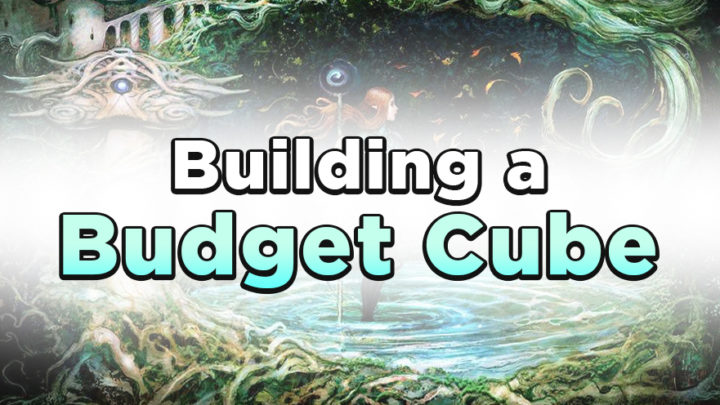When most Magic players think of cubes, they think of “powered” cubes. These are the big draftable collections of cards that show up every so often on Magic: the Gathering Online, or that your friends might build with the most powerful cards in their collections. Many cubes feature the Power 9 or the most well-known cards in formats like Modern, Legacy, and Vintage.
But cubes don’t have to be expensive and complicated; a cube is just a collection of cards that has been curated for drafting. There are no restrictions on which cards you include, or even how many cards you can use. In fact, you can put together a fun and interesting cube drafting experience for almost no money.
Here are some budget cube-building strategies, using the story of how I built my own budget cube as an example.
Your Favorite Draft Environment
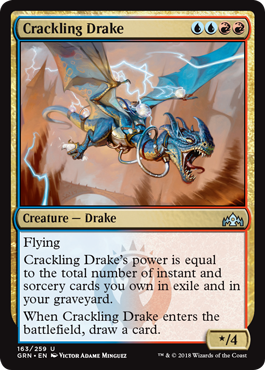
One of the best places to start building a cube is with a draft environment you really enjoy. Not only does it let you keep drafting that format as long as you want, but you’ll probably already have most of the cards you need. I started creating my cube when I realized how many commons and uncommons I had from Guilds of Ravnica and Ravnica Allegiance – and how much I wanted to keep drafting these sets. If you and your friends have enough draft chaff from a particular format, it won’t be hard to assemble a cube based on that format; you can always pick up any remaining cards you need at Card Kingdom.
You can also use this opportunity to combine sets you enjoyed drafting into a new “what-if” draft environment. Guilds of Ravnica was my first time drafting a Ravnica set regularly, and it always bugged me that, while earlier Ravnica blocks incorporated all ten guilds into a single draft environment, Guilds and Allegiance were always drafted separately. So I built my cube out of cards from both sets to make sure all the guilds were equally represented.
If you don’t have a specific draft environment you want to recreate, you can always design your own fully custom cube. Taking your cube in this direction will require you to make more design choices for yourself, but it gives you more freedom to choose your own cards and play with interactions between mechanics from different sets. Check out CubeTutor and the community at r/mtgcube for example cubes and advice on how to structure your archetypes.
Fun Without Rares
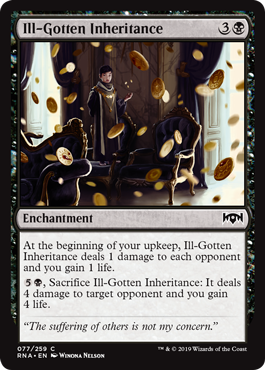
My intent in creating a Ravnica cube was to capture the story of Guilds of Ravnica and Ravnica Allegiance and recreate the feeling of conflict between Ravnica’s ten guilds leading up to Nicol Bolas’ invasion. So instead of trying to build the most powerful cube possible, I prioritized drafting the guild archetypes. This turned out to be very helpful in cutting down the cost of my cube. Modern Magic sets often rely on signpost uncommons to establish their archetypes, so I didn’t need to buy expensive rares and mythics to create the environment I wanted. Instead, I made a peasant cube, using only commons and uncommons at about the same ratio they appeared at in the original sets.
Making a peasant (commons and uncommons) or pauper (commons only) cube is a great way to reduce the cost of the cards that make up your cube. Rarity doesn’t really have the same effect in a cube as it does in a draft set, since most cubes are singleton; it only affects the overall power level of the cube. In a draft set, more powerful cards are usually assigned higher rarities and appear less frequently in the draft. Cubes, on the other hand, are often made up of cards of a similar power level, whether you’re playing a pauper cube with commons or a powered cube full of exciting rares and mythics. If you’re not sure what you want the balance of rarities in your cube to be, you may want to mirror the balance of official Magic sets.
The rarity balance in your cube can also be affected by its size. The agreed-upon minimum size for a cube is 360 cards, since that number allows eight people to draft three packs of 15 cards each with no cards left over. Building a larger cube increases the variance of drafts; since there are extra cards, not every card will be seen in every draft, and knowing that not all your powerful rares will be in every draft can make them more exciting when they do show up. My Ravnica cube is the minimum size for a few reasons. First, a smaller cube is cheaper to build and easier to carry around. Second, I want to prioritize choosing between guild archetypes and make the experiences of playing each archetype as consistent as possible. Third, having a smaller cube means I don’t have to worry about doubling up on cards.
What to double? What to cut?
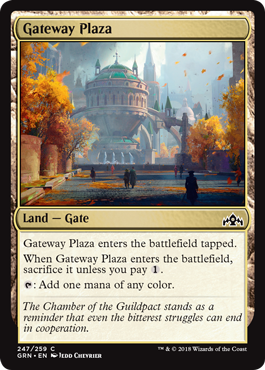
Most cubes only include one of each card to increase variety and make it more fun to draft over and over. Sometimes, though, you need to double up on certain cards, like nonbasic lands, to make specific archetypes easier to draft. I did this in my Ravnica cube by including two of each guildgate and two copies of Gateway Plaza. This choice both permits splashing for a little inter-guild intrigue (try drafting Orzhov with Status // Statue!) and allows players to draft stronger mana bases even if they stay in two colors.
Doubling up on fixing gives you room to edit the cube and take out cards that don’t support your goals. I did this in two ways. First, I cut cards like Goblin Gathering and Persistent Petitioners that benefit from having more than one copy; including multiples of those cards would limit how many guild-specific cards I could include in the cube. You can include multiples of these cards if you prefer, instead of cutting them entirely, but be aware that you’re adding another archetype into the cube that will compete for resources with other decks using the same colors.
I also removed the entire “Gates Matter” archetype from Guilds and Allegiance. I wanted players drafting the cube to focus on playing the guild archetypes, so “Gates Matter” didn’t seem to fit. Plus, “Gates Matter” incentivizes one or two players to prioritize drafting guildgates, which would limit other players’ access to them. I ended up cutting all the “Gates Matter” cards except for Circuitous Route, District Guide, and Open the Gates, which allow players to search for basic lands in addition to Gates.
Cultivating a Cube
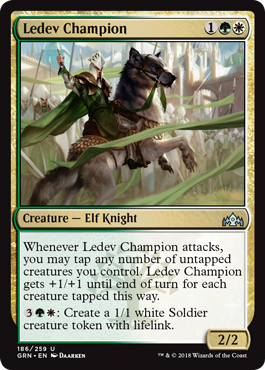
The most important thing to remember about building a cube – whether it’s powered, budget, or anything in between – is that its purpose is to be drafted repeatedly. As you collect your cards, you should have an idea in mind of what you want players drafting your cube to focus on. Here are some questions to ask yourself as you build:
- How big do I want my cube to be? How much variance do I want from draft to draft?
- What color combinations am I encouraging players to draft, or discouraging them from drafting? Do I want to encourage or discourage splashing?
- What is each archetype doing?
- How does each archetype win?
- What’s the balance of fast and slow decks, or simple and complex decks?
- Which archetypes are strong or weak against which others, and what tools does each one have to deal with the others’ strategies?
- How will drafting your cube make players feel? Is it relaxing to draft, something you can pull out at a party and chat while playing, or does it take a lot of focus to build a good deck?
If your cube is based on an official draft environment, a lot of these questions have been answered already by the original set design. If you’re mashing up draft environments or using a more freeform design, answering them will take a little more thought. Either way, you should be conscious of the design decisions you’re making and understand the role each card and archetype plays in the cube.
Let us know what draft environments you’re creating or recreating, and how you’re tweaking the set design to keep them fresh and fun!

Alex is an Azorius bureaucrat who dreams of joining the Selesnya Conclave. Their favorite color of mana is green, and they love brewing for Commander variants.

